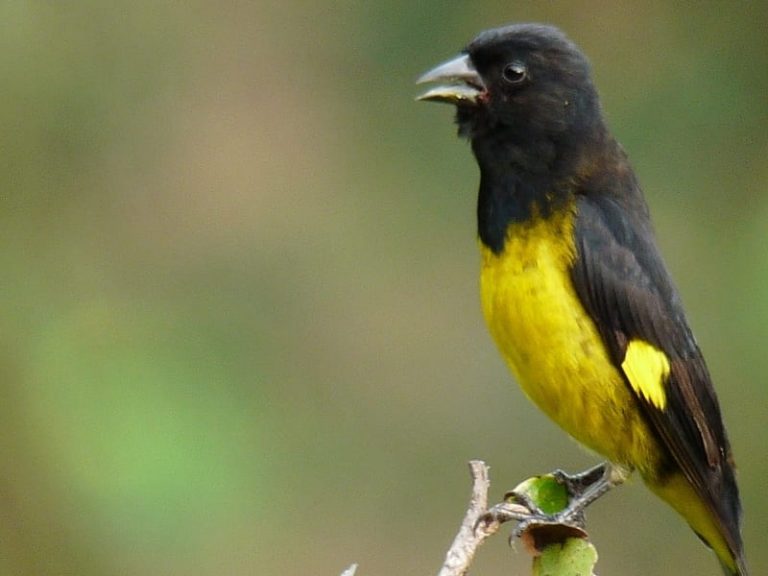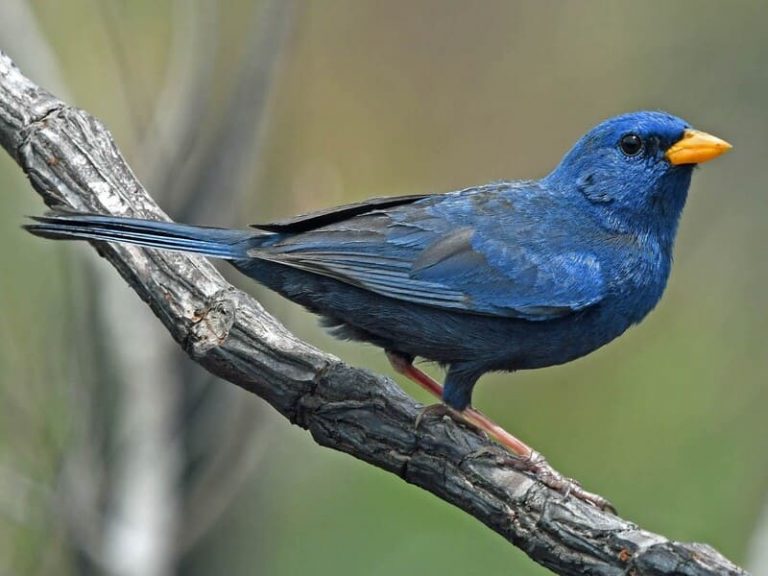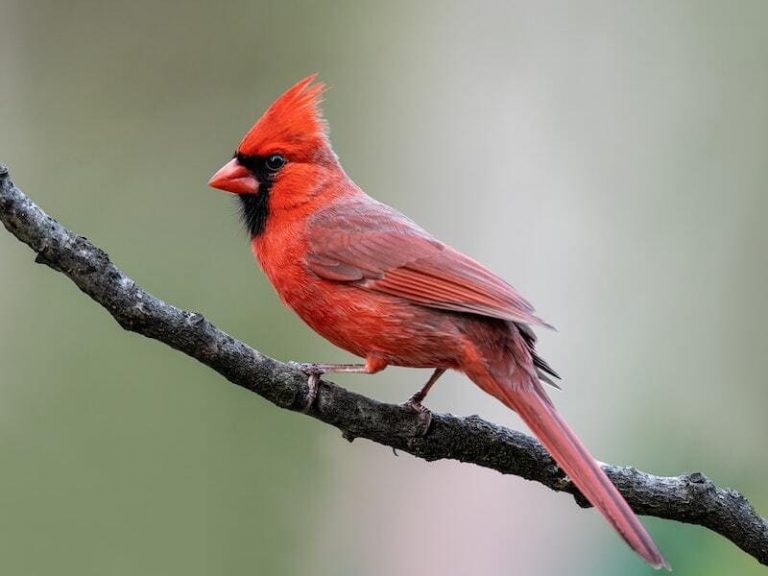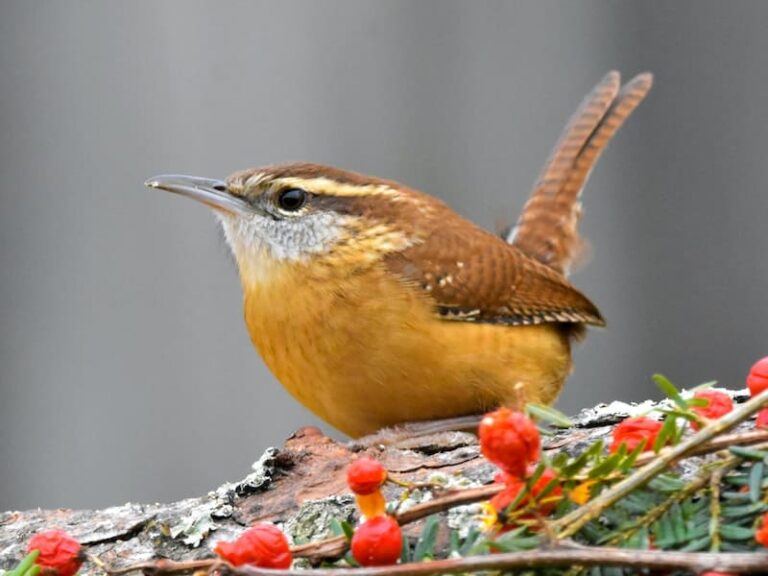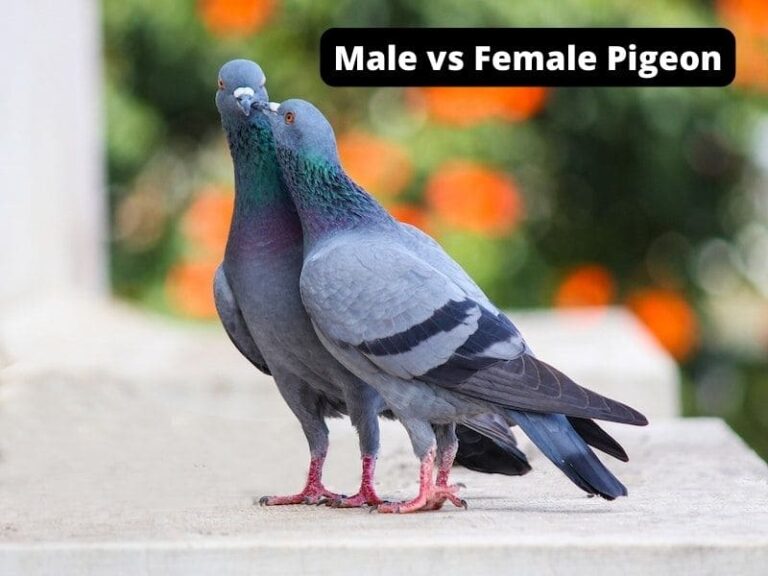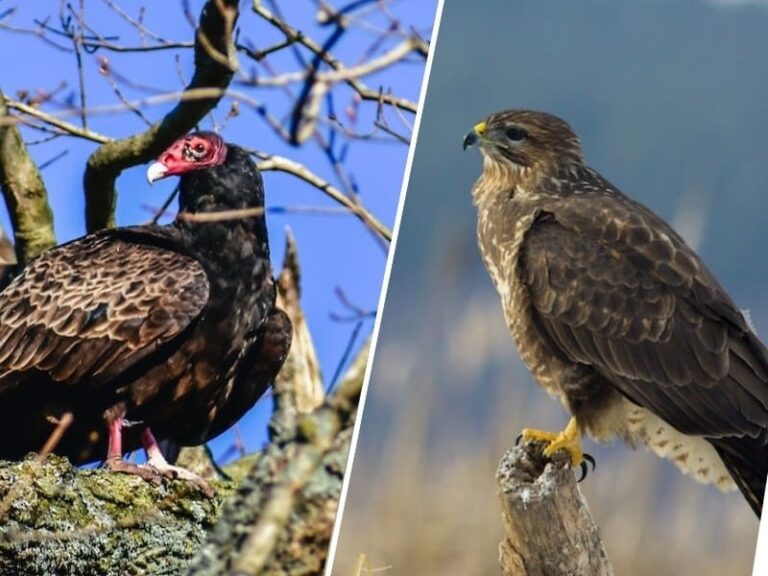10 White Birds with Long Necks
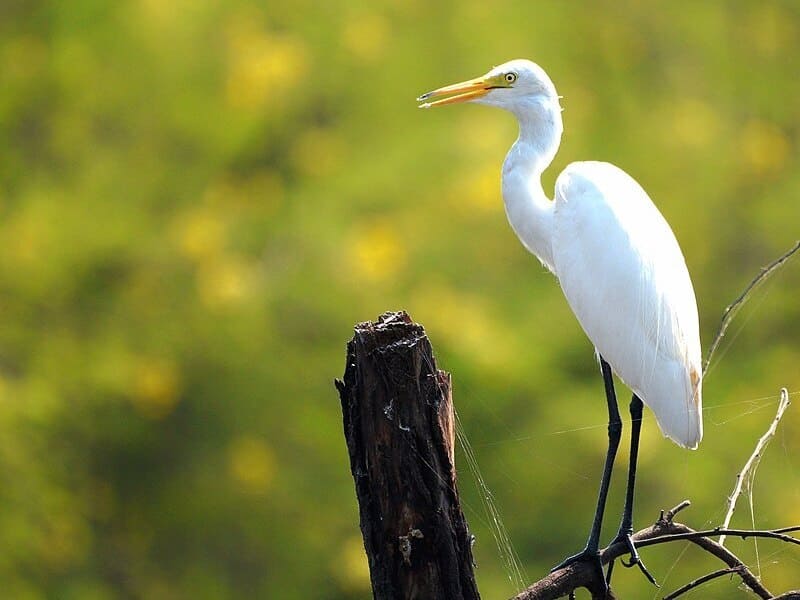
If you’re a birder, you know that white birds with long necks are among the most graceful creatures in the sky. These birds are often associated with elegance and purity, making them popular subjects for art and poetry. This article will take a closer look at some of the most beautiful white birds with long necks.
We’ll learn about white birds with long necks, their habits, and ecology and discover why they are so captivating to birders and nature lovers alike.
10 Examples of White Birds with Long Necks
Long necks have always been a fascination for both scientists and the untrained eye. The most notable examples of these creatures come from the avian world, particularly certain species of swans and cranes. But while these birds are undoubtedly graceful, they are not the only animals to boast lengthy necks.
So, we’ll talk about ten different examples of birds (white) with long necks. These birds are primarily found in European and other Western countries. We’ll start with the Great Egret, a fantastic bird with a long neck.
[toc]
1. Great Egret
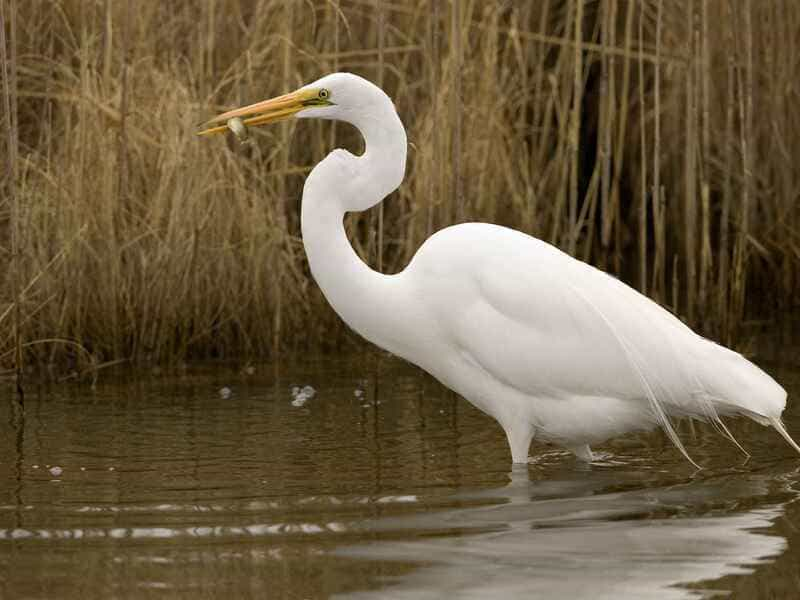
This bird is one of the most common white birds with long necks found worldwide. Usually, they have a length of around 30-40 inches. However, when spread fully, their wing measures 50-70 inches.
Their neck is long and tall as they stand with heads up high. The Great Egret is also known as the Great White Egret or Common Egret. They have long necks and legs. These features make them excellent waders and swimmers. Their diet consists of small mammals, reptiles, crustaceans, and fish. But they’re not above eating insects and frogs as well.
These birds live in woodlands near water bodies such as lakes, ponds, rivers, etc. You can also find them in mangrove forests and brackish waters. In some parts of the world, the Great Egret is considered sacred. For instance, this bird was associated with the goddess Isis in ancient Egypt.
The diet of these birds is mainly fish. However, they also prefer insects, small and big bugs. Note that these birds also prefer frogs and reptiles as their food source.
2. Snowy Egret
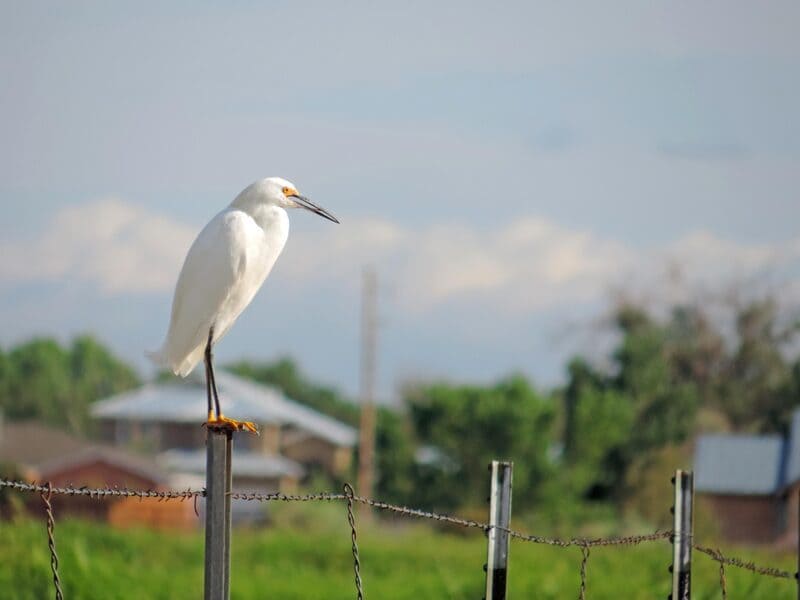
The Snowy Egret is another white bird with a long neck. They’ve got a blackleg and yellow feet. Apart from that, their body and the plumage are white. When it comes to the average length, they’re pretty small. Usually, their length is 24-28 inches, and their wingspan is around 39 inches.
Unlike Great Egrets, Snowy Egrets don’t eat fish that much. Instead, they prefer to go after smaller prey like insects, lizards, and frogs. These birds can range from a weight of 350 to 370 grams.
Note that these birds have a leg color transformation during the breeding season. The legs turn a bit orange and yellow. This phenomenon is fantastic for many bird lovers. Next up, we’ll talk about the cattle egret.
3. Cattle Egret
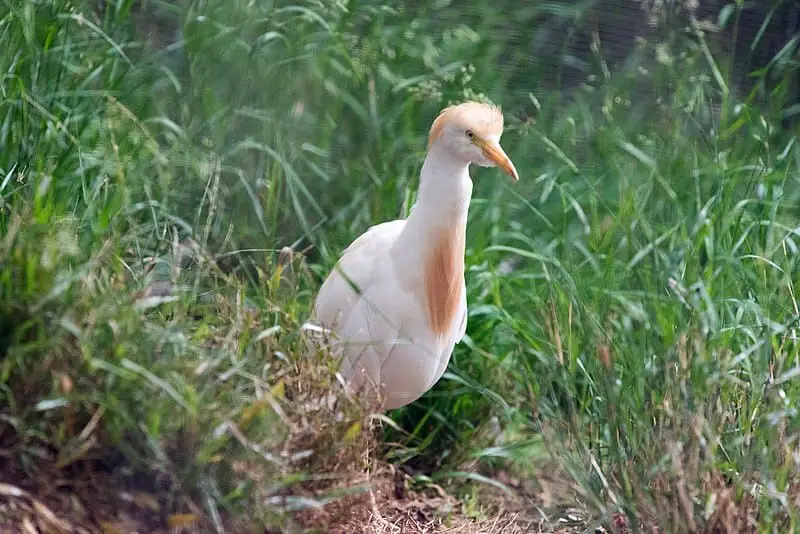
Cattle egrets are white birds with long necks found in different parts of the world. For example, they’re widely available in Africa, Australia, and Northern and Southern America.
The cattle egrets can range from 60 to 70 centimeters when matured and adult. And the weight is also high, which is around 370 gm. Overall, the bird has a long neck and a delicate white hue throughout the body.
When it comes to food, they prefer small mammals and reptiles. However, they also go for grasshoppers, rodents, and other small creatures. The cattle egret is one of the most adaptable birds in existence. They can live in almost any habitat if there’s a water source nearby. Overall, they can live in both water and land.
4. Stork
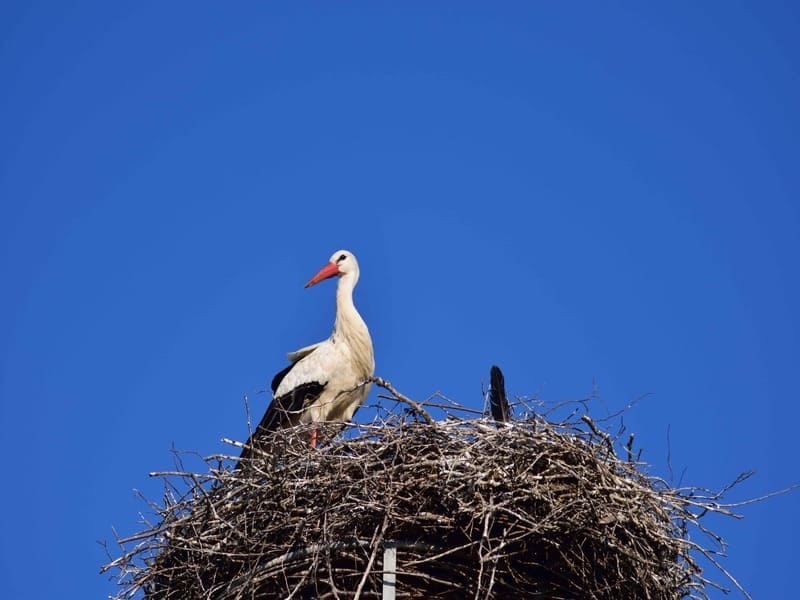
The stork’s body is white, but most storks are black-necked. The black-necked storks are found mainly in Australia. These birds are hardly seen elsewhere during the breeding or migration season.
In Australia, there are both white and black storks. But, Is there any difference? The only differentiating factor is that the white storks have white necks. Like the black-necked storks, the white storks are primarily found in Australia.
Overall, storks are rare due to habitat loss over the years. These storks can be 1.1m or 3.3 feet tall, making them one of the giant worldwide birds. Next, we’ll talk about the reddish egret.
5. Wood Stork
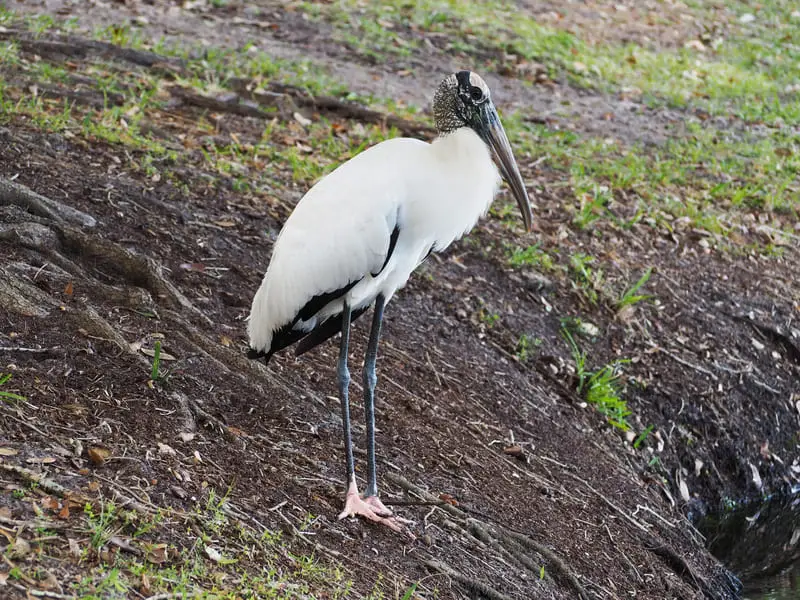
Wood storks are fantastic in appearance. Not only their neck is long, but their legs are long also. One notable fact is that the long bill of these birds is curved at the end, unlike other white birds with long necks.
The wood stork is one of the heaviest birds on this list. Usually, they weigh around 4 kg. The length can be between 1 to 1.5 meters. So, they are big and one of the rarest white birds in the world.The primary habitat for these birds is in shallow water near the swampy areas or wetlands. They spend most of their time in the water looking for food like crabs, shrimp, and small fish.
6. White Ibis
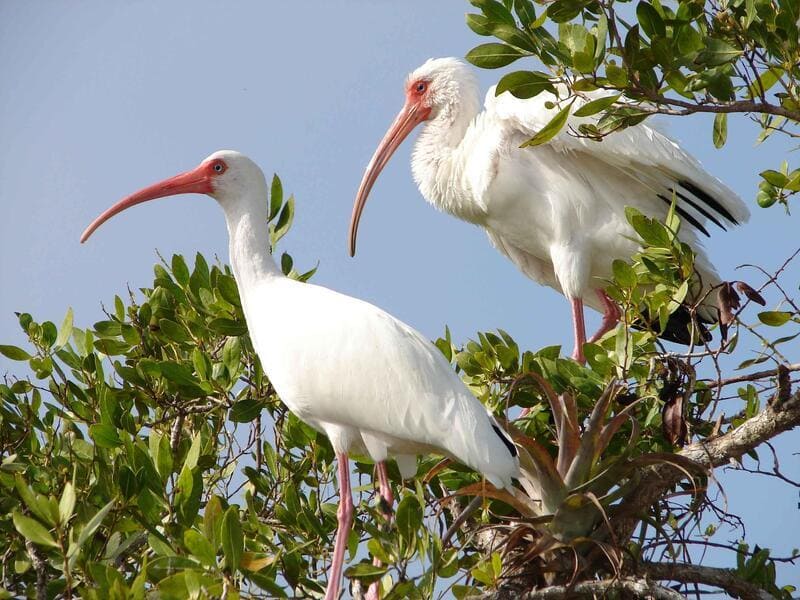
The white ibis is a fantastic bird. It has an orange curved bill and long legs. They’re usually more extensive than a cattle egret. For example, cattle egrets have a size of 60 to 70 cm, whereas the size of a white ibis can range from 75 to 95 cm.
Accordingly, a white ibis also weighs more than a cattle egret. However, the white egret is more significant than a white ibis. These birds can vary in length and bill shape, but they have long necks and legs.
The white ibis’ long neck and legs help them wade through the water quickly to catch fish. Also, they use their long beak to dig into the mud for small insects and grubs.
Note that there are various types of white ibis. They can weigh around 750 to 1100gm, depending on size and shape.
7. American White Pelican
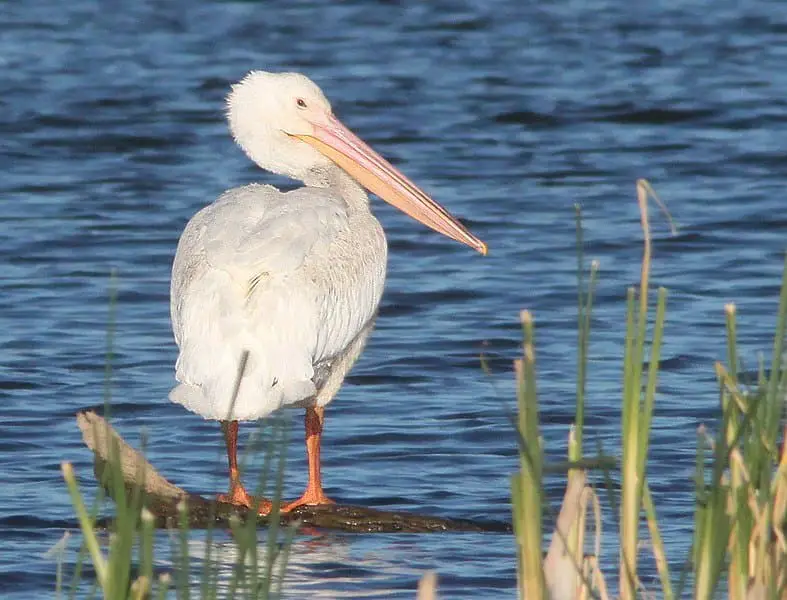
This bird is a great flyer and one of the giant birds from North America. Also, they can swim and easily balance themselves on the water.
No wonder these birds with long necks can eat fish from the water. The length of these birds is around 50 to 70 inches, with weight ranging from 4500 to 9000 gm.
When in the water, they look like a swan. However, their beak is different from that of a swan. While swimming, they use their webbed feet to move swiftly in the water and hunt for food.
They will measure about 240 to 290 centimeters when they spread the wings. So, we can imagine how big the bird is in real life. However, apart from the white color, the flight feathers of these birds are black.
8. Great White Heron
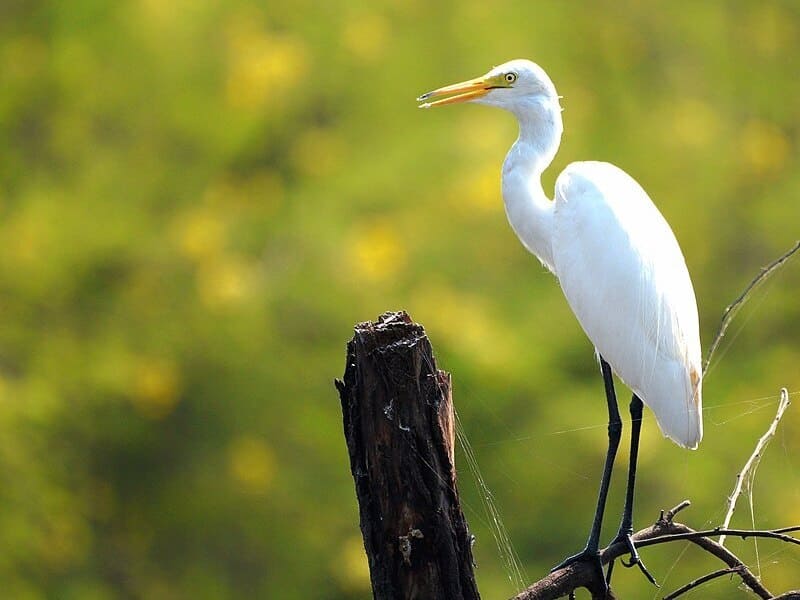
It is hard to miss a heron because of its long neck and legs. They use their lengthy and sharper bills for swimming through coastal marine shallows. They strike at fish and other likewise creatures with aggression.
Many experts consider the great white heron the same as a great blue heron. They believe these two species breed together. If you want to spot these birds, Florid is the best place. The southern part of Florida State has a lot of these birds.
9. Bewick’s Swan
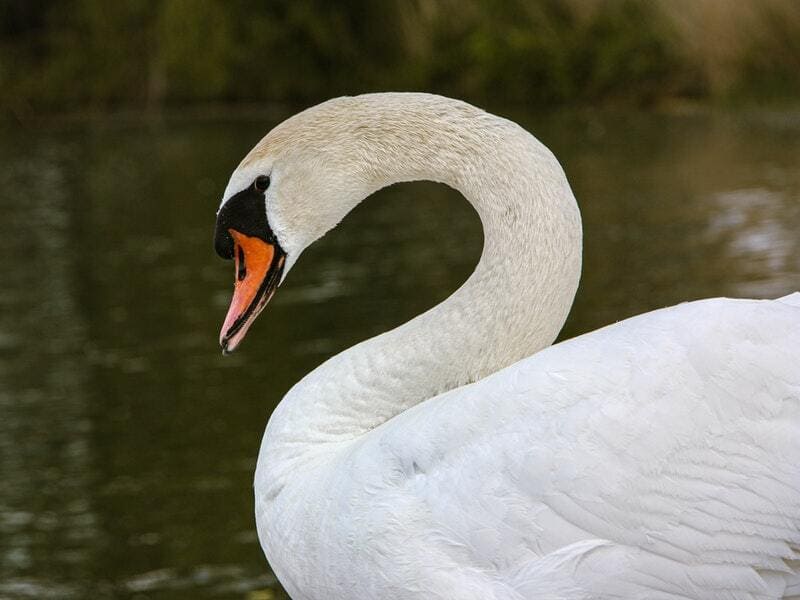
Tundra Swan is another name for Bewick’s swan. Thomas Bewick was an expert in drawing arts of birds and other animals.
So, the swan is named after Thomas Bewick. They’re mainly found in Siberia. However, they migrate to Western Europe, Japan, Korea, and other regions besides these countries during the winter.The male and female swans weigh around 7.5 and 6.5 kg, respectively. In length, they’re about 115 to 120 centimeters. So, they’re not much big comparatively. They’re the smallest swans available worldwide.
10. Greater Flamingo
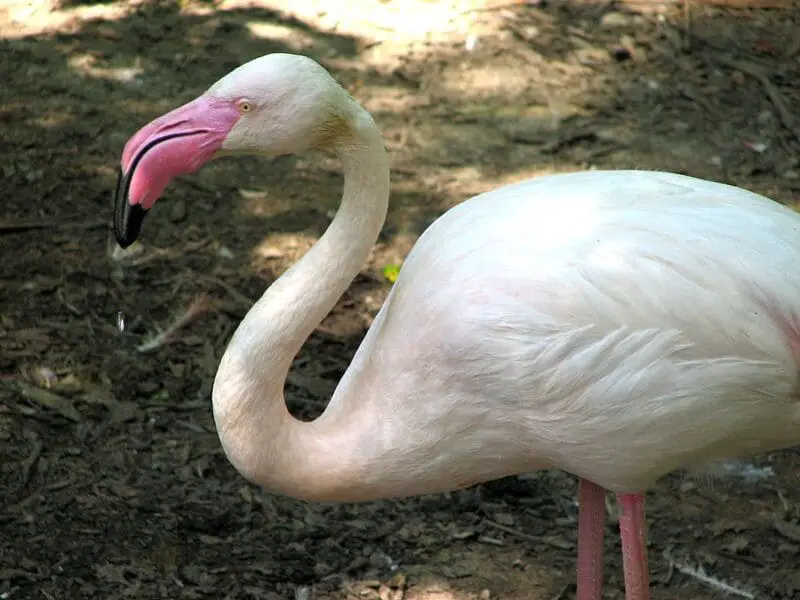
With an average length of 40 to 60 inches, a Greater Flaming bird weighs 4 to 8 pounds. These birds’ bodies are white and come with a long, curved neck. However, the wings of a Greater Flamingo are a bit pinkish.
However, these birds make most of their diet by eating shrimp they catch from rivers and the sea. These long-necked birds will drink water through their beaks while they eat. They can easily remove or filter any hard particles from the water with the help of their bills.
The greater flamingo is the tallest of all species of flamingos. They have long necks and legs and can grow as tall as 4 feet. Their wings are pinkish, and they have a white body. These birds are native to Africa but can also be found in parts of Europe, Asia, and South America.
Flamingos usually eat insects, small fish, and crustaceans. However, the greater flamingo will also eat larger prey such as snakes and rodents. These birds are known to filter the water they drink through their beaks to remove any hard particles.
Final Words
These are some of the most popular white birds with long necks in the world. Each bird has a different neck length, bill shape, and size. You can quickly identify them because of their long necks and legs.
Also, they have different habits and live in various parts of the world. We hope you enjoyed reading this article.
Interesting articles:
- 13 Yellow Birds with Black on Wing
- 11 Birds Similar to Chickadee (with images)
- 10 Small Gray Bird with White Belly
- 11 Small Birds with Long Beaks
Other Related Asks
We’ve talked about 10 different white birds with long necks. But, while reading about these birds, we might have a question or two that may go unanswered.
So, we will answer a couple of questions on the topic next.
The Great Egret and whooping crane are two birds with very long necks. These birds also have long legs and bills.
However, cattle egret, white ibis, and wood storks are three birds with long necks. If you want more bird names with long necks, they’re given in the previous sections of this article.
Well, great egrets are amazing birds with long necks. However, they’re tall and fly with speed and agility.
They’re experts in catching prey on the water while flying. So when they spot a fish on the water’s surface, they don’t wait and see them with precision.
Apart from the great egrets, many more long-necked birds can fly. Stork and snowy egrets are two such examples. However, Greater Flamengo and goliath heron can also fly with their long necks.
We’re now done with our discussion on white birds with long necks. We’ll now end the talks with some parting words.

